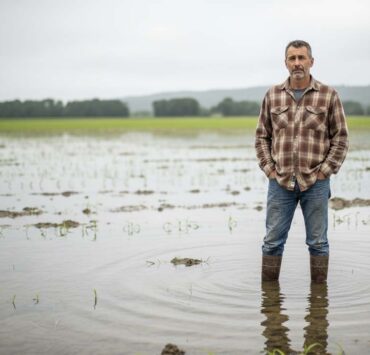Florida: On the Front Lines of Climate Impact on America’s Food Supply

In recent years, high grocery prices have become one of the most significant economic stories in the United States. While supply chain disruptions and labor shortages have played major roles, natural disasters—hurricanes, floods, and droughts—are increasingly driving food inflation and reshaping the country’s agricultural landscape.
Florida, one of the nation’s agricultural powerhouses, stands among the most vulnerable states to these climate events. According to a new analysis by Trace One, a company specializing in product lifecycle management and regulatory compliance for the food industry, natural hazards cause an estimated $3.5 billion in agricultural losses across the U.S. each year. A large share of those losses occurs in the Southeast, with Florida heavily affected by hurricanes and flooding.
The study shows that hurricanes alone account for about $485 million in annual agricultural losses, and Florida sits at the heart of this storm-driven crisis. The devastation caused by recent events like Hurricane Helene, which struck the Southeast in 2024, underscores how fragile agricultural infrastructure has become. Florida’s signature crops—citrus, sugarcane, vegetables, and tropical fruits—are especially at risk from strong winds, heavy rainfall, and coastal flooding.
Despite these challenges, Florida’s farmers remain remarkably resilient. Many are investing in new mitigation strategies such as improved drainage systems, smart irrigation technologies, and regenerative farming practices that protect soil health and improve resilience to extreme weather. Yet, the cost of adaptation is high, and experts warn that climate change may continue to intensify these challenges in the coming years.
Compared to other states, Florida ranks fifth in the nation for agricultural losses caused by natural disasters, following California, Texas, Iowa, and North Carolina. On average, farmers across the state face thousands of dollars in losses per year—amounts that vary depending on crop type and regional exposure to storms and floods.
Meanwhile, the federal government, through the U.S. Department of Agriculture (USDA), continues to provide disaster relief funding and recovery programs for rural communities. However, the increasing frequency and severity of these events are forcing both policymakers and producers to rethink the future of farming in the Sunshine State.
In Florida, the weather no longer just shapes the harvest—it’s shaping the economy itself.









